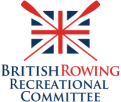Here's a list of key points, put together by the team who have organised
most of the recent national rowing tours:
-
Choose your waterway. This may seem obvious, but you need
to know:
- Are you allowed to row here? Who
owns/controls the waterway?
- Where can you launch and recover the boats?
- Where can you store the boats overnight?
- How long is the daily route?
- Are there strong tides or currents?
- Are there locks / narrow bridges / weirs / other
hazards?
- How much traffic is there?
- Do you need a safety boat or boats?
- Plan the land!
- Where will you stay overnight (if the tour is
more than one day)?
- Where can you park trailers?
- How will people get to and from the start and
end points? Will you hire a coach or minibus?
- Where can people park their cars?
- Where will you have lunch?
- Where are the toilets?
- Where is the nearest hospital? Where can
an ambulance pick up a casualty?
- Do you need a bank party? How will they
get to you?
- Safety first! Yes, we know this is point 3,
but you can't do a safety plan until you've done the feasibility study!
- Do a risk assessment - most of the points are
mentioned above. Here's a sample we prepared earlier.
- Produce a safety plan, to cover the issues
rasied in your risk assessment. Here's another sample
- Familiarise yourself with
British Rowing's guidelines on Touring Rowing
- Who's coming on your tour?
- How many boats will you have? If
there are small locks, how many can you fit in at once?
- How many people? If you are hiring a
coach, how many passengers can it take?
- What level of fitness and experience will your people have?
If the distances are long, beginners won't be able to keep up.
- Produce a budget
- List the fixed costs (land transport, safety
cover, donations for overnight boat storage, licence fees) and
divide by the number of participants
- List the variable costs (hotel accommodation,
meals, souvenir T-shirts) on a per person basis
- Add the two together, add a figure for
contingencies, and you have your cost per participant. Here's
a sample
|
Resources
Nicholsons Waterways Guides
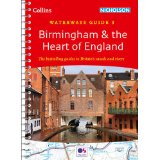
Nicholsons Waterways map
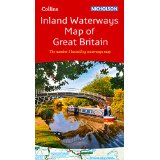
River Thames Book
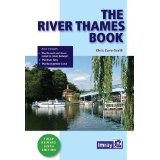
Great Ouse Guide
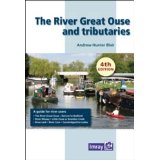
|
Useful Websites
Canal Junction
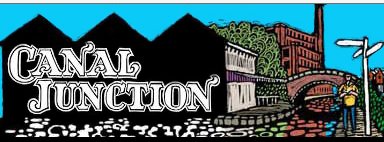
Jim Shead's waterways guide

|
